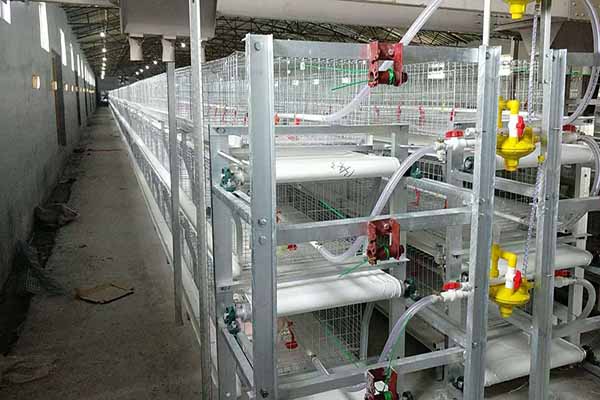Exploring Chicken Houses in Kenya: A Comprehensive Guide
Time : 2025-05-13
Are you thinking of starting a chicken farming business in Kenya? Or maybe you’re just curious about the different types of chicken houses available? Well, you’ve come to the right place! In this article, we’ll dive into the world of chicken houses in Kenya, covering everything from design to maintenance. So, let’s get started!
The Importance of Chicken Houses in Kenya
First things first, why do you need a chicken house? In Kenya, chicken farming is a big deal, and for good reasons. It’s a great way to earn a living, provide fresh eggs to your family, or even start a small business. But to do this effectively, you need a good chicken house. It’s where your chickens will live, lay eggs, and grow strong.
Types of Chicken Houses in Kenya
When it comes to chicken houses in Kenya, there are several types to choose from. Here are some of the most common ones:
1. Conventional Chicken Coops
These are the traditional chicken houses you might be familiar with. They usually consist of a wooden frame, with a thatched or metal roof. Conventional coops are great for small-scale farming and are relatively easy to construct.
2. Modern Chicken Houses
Modern chicken houses are designed with the latest technology and materials. They often feature automatic feeding systems, lighting, and even ventilation. These houses are perfect for large-scale chicken farming operations.
3. Mobile Chicken Coops
For those who need flexibility, mobile chicken coops are a great option. These coops can be moved around easily, which is fantastic for rotating pastures or following the best foraging areas.
4. Free-Range Chicken Enclosures
If you prefer a more natural environment for your chickens, free-range enclosures are the way to go. These enclosures allow chickens to roam freely while still being protected from predators.
Designing Your Chicken House
Now that you know the types of chicken houses available, let’s talk about designing your own. Here are some key factors to consider:
1. Size
The size of your chicken house should be based on the number of chickens you plan to keep. As a general rule, each chicken should have about 0.5 square meters of space.
2. Ventilation
Good ventilation is crucial for keeping your chickens healthy. Ensure that your chicken house has enough windows or vents to allow air to flow freely.
3. Lighting
Chickens need a consistent light cycle to maintain their health and egg production. Consider installing artificial lighting if natural light is insufficient.
4. Flooring
The flooring of your chicken house should be easy to clean and resistant to moisture. Concrete or wooden floors are popular choices.
Building Your Chicken House
Building a chicken house can be a DIY project or something you hire professionals to do. Here are some tips to help you out:
1. Gather Materials
Make a list of all the materials you’ll need, such as wood, nails, roofing materials, and insulation.
2. Plan Your Layout
Sketch out the layout of your chicken house, including the placement of doors, windows, and roosting bars.
3. Start Construction
Begin by building the frame of your chicken house. Make sure everything is square and level.
4. Install Doors and Windows
Install doors and windows according to your design. Remember to make them secure to protect your chickens from predators.
5. Add Insulation and Roofing
Insulate your chicken house to keep the chickens warm in winter and cool in summer. Then, add the roofing materials.
Maintaining Your Chicken House
Once your chicken house is up and running, it’s important to maintain it to keep your chickens healthy and your investment protected. Here are some tips:
1. Regular Cleaning
Clean your chicken house regularly to remove waste and prevent the spread of disease.
2. Check for Wear and Tear
Inspect your chicken house for any signs of wear and tear, such as loose nails or damaged roofing. Fix these issues promptly.
3. Monitor the Environment
Keep an eye on the temperature, humidity, and air quality inside your chicken house. Adjust as needed to maintain the optimal environment for your chickens.
Conclusion
Choosing the right chicken house for your needs is a crucial step in starting a successful chicken farming business in Kenya. Whether you go for a traditional coop, a modern facility, or a free-range enclosure, make sure to consider the size, ventilation, lighting, and flooring. With proper maintenance, your chicken house will be a safe and comfortable home for your flock.
Tags












